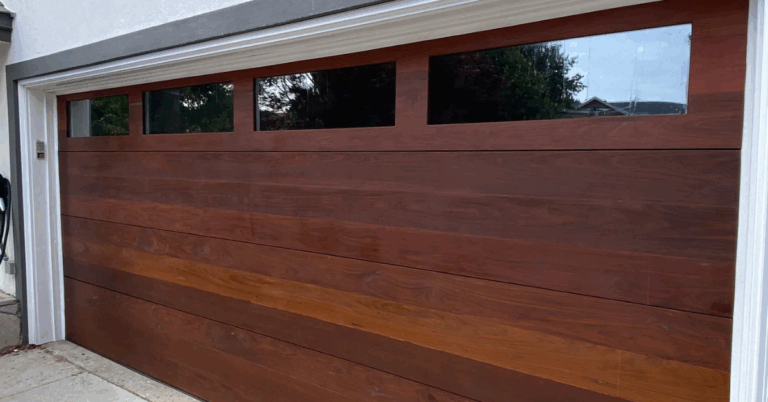Helmet Online: Your Ultimate Guide to Buying the Right Helmet Online
In today’s fast-paced digital world, shopping for essentials has become easier than ever, and that includes buying a helmet online. With safety being a top priority for every two-wheeler rider, selecting the right helmet is no longer just about style—it’s about protection, comfort, and legality. This comprehensive guide will help you understand why buying a Helmet Online is a smart choice and how to pick the best one suited for your needs.
Why Helmets Matter
A helmet is more than just a riding accessory; it’s a life-saving device. Road accidents involving two-wheelers are unfortunately common, and head injuries are among the leading causes of fatalities. A good helmet absorbs the impact of a crash, reducing the chances of severe head trauma. In many countries, wearing a helmet is not only a safety measure but also a legal requirement.
Advantages of Buying a Helmet Online
1. Wider Selection
Online stores offer a broad range of helmet styles, sizes, and features. Whether you’re looking for a full-face helmet, half-face, modular, or off-road type, the variety available online surpasses most physical stores.
2. Convenient Comparison
Shopping online lets you easily compare features, specifications, customer reviews, and prices without moving from store to store.
3. Better Deals and Discounts
Online marketplaces often offer exclusive discounts, festive deals, and promo codes that aren’t available in brick-and-mortar stores.
4. Doorstep Delivery
Helmets ordered online are delivered directly to your home, saving you time and transportation costs.
5. Customer Reviews
One of the most useful features of online shopping is the ability to read genuine customer reviews. These insights help you evaluate comfort, fit, quality, and durability before making a purchase.
Types of Helmets You Can Buy Online
1. Full-Face Helmets
Full-face helmets provide maximum coverage around the head and neck, offering the best protection in the event of an accident. They are ideal for city riders and highway cruisers alike.
2. Open-Face Helmets
Also known as half-face helmets, these are lighter and provide more ventilation. However, they offer less protection compared to full-face helmets.
3. Modular Helmets
These are a hybrid between full-face and open-face helmets. They feature a chin bar that can be flipped up, making them versatile and suitable for long-distance travel.
4. Off-Road Helmets
Designed for motocross and trail biking, off-road helmets have a distinct look with a protruding chin bar and sun visor. They offer excellent ventilation and are built to endure rough terrain.
5. Half Helmets
These cover only the top of the head and offer minimal protection. While lightweight and stylish, they are not recommended for high-speed or long-distance rides.
How to Choose the Right Helmet Online
1. Check Safety Standards
Always look for helmets that meet your local and international safety certifications such as DOT, ECE, or ISI. This ensures the helmet has passed crash tests and impact resistance evaluations.
2. Get the Right Size
Measure the circumference of your head about an inch above your eyebrows and compare it with the sizing chart provided on the website. A helmet that’s too tight will be uncomfortable, while one that’s too loose won’t offer proper protection.
3. Assess Ventilation
Ventilation is essential, especially for riders in hot and humid climates. Look for helmets with adjustable air vents and breathable padding to keep you cool.
4. Weight and Material
Lightweight helmets reduce fatigue during long rides. Look for materials like polycarbonate, fiberglass composite, or carbon fiber for a good balance of weight and strength.
5. Comfort Padding
Check if the helmet has removable and washable inner liners. Anti-bacterial, sweat-absorbing liners provide enhanced comfort during extended use.
6. Visor Type
Clear visors are suitable for night riding, while tinted or photochromic visors help in bright sunlight. Anti-fog and scratch-resistant visors add extra value.
Helmet Care Tips
-
Clean the exterior and visor regularly using a soft cloth and mild detergent.
-
Remove and wash the liners to maintain hygiene.
-
Store in a cool, dry place away from direct sunlight.
-
Avoid dropping the helmet as it may weaken its structure even if there’s no visible damage.
-
Replace your helmet every 3–5 years, or immediately after a major impact.
Common Mistakes to Avoid When Buying a Helmet Online
-
Choosing style over safety – While design matters, safety certifications and build quality should always be a priority.
-
Ignoring customer reviews – They offer real-world insights that product descriptions can’t provide.
-
Not checking return policy – Always ensure the online store offers easy returns in case the helmet doesn’t fit.
-
Buying without measuring head size – Never assume a size; always measure for accuracy.
-
Skipping product specifications – Weight, ventilation, liner quality, and material are all critical details.
Frequently Asked Questions (FAQs)
Q1. How do I know if a helmet fits properly?
A proper helmet should fit snugly without being too tight. When worn, it shouldn’t move around when you shake your head. Use the sizing guide provided on the website and measure your head before purchasing.
Q2. Is it safe to buy a helmet online?
Yes, as long as you buy from a reputable online store with verified user reviews, proper safety certifications, and a clear return/exchange policy.
Q3. What are the signs I need to replace my helmet?
Replace your helmet if it’s older than five years, has visible cracks or damage, or if it has been involved in an accident—even if it looks fine on the outside.
Q4. Can I return a helmet if it doesn’t fit?
Most reputable online stores offer a return or exchange option if the helmet is unused and in its original packaging. Always check the store’s return policy before buying.
Q5. What is the difference between DOT, ECE, and ISI certifications?
These are safety certifications from different regions:
-
DOT: U.S. Department of Transportation.
-
ECE: Economic Commission for Europe.
-
ISI: Indian Standards Institute.
Each ensures the helmet meets specific safety benchmarks in terms of impact resistance and quality.
Q6. Are modular helmets safe?
Yes, modular helmets are safe if they are certified. However, they may not offer the same impact protection as a full-face helmet when the chin bar is raised.
Q7. Can I use the same helmet for off-roading and city riding?
While you can, off-road helmets are designed for specific conditions like dirt trails and motocross tracks. They may not be as comfortable for city riding due to their weight and design.
Q8. Should I buy a helmet with Bluetooth integration?
Helmets with built-in Bluetooth offer hands-free communication and navigation, which is useful for long-distance riders. However, ensure the helmet still meets safety standards.
Final Thoughts
Buying a helmet online is a smart move if done with the right research and precautions. It gives you access to a broader range, competitive prices, and the convenience of shopping from home. However, always prioritize safety features, proper fit, and certifications over looks and price.
Remember, your helmet is your first line of defense on the road. Make sure it’s the best one you can afford—not just for your protection but for the peace of mind it brings every time you ride.






